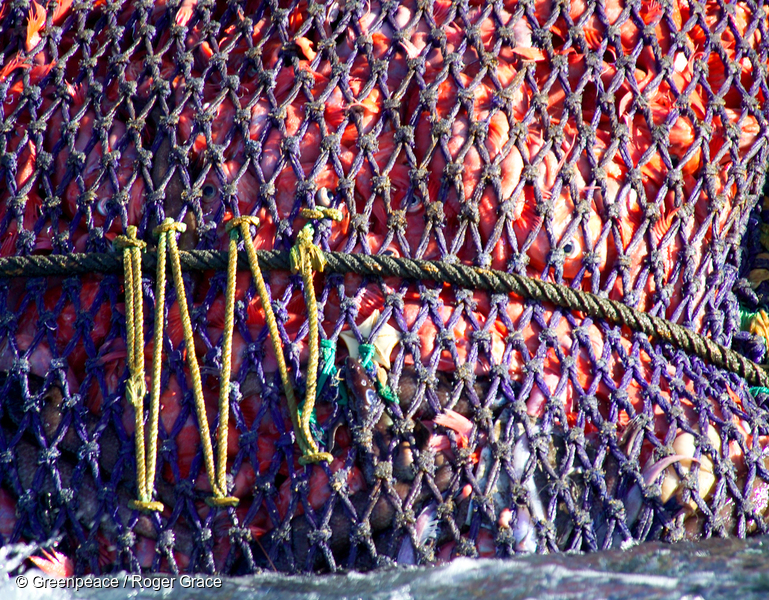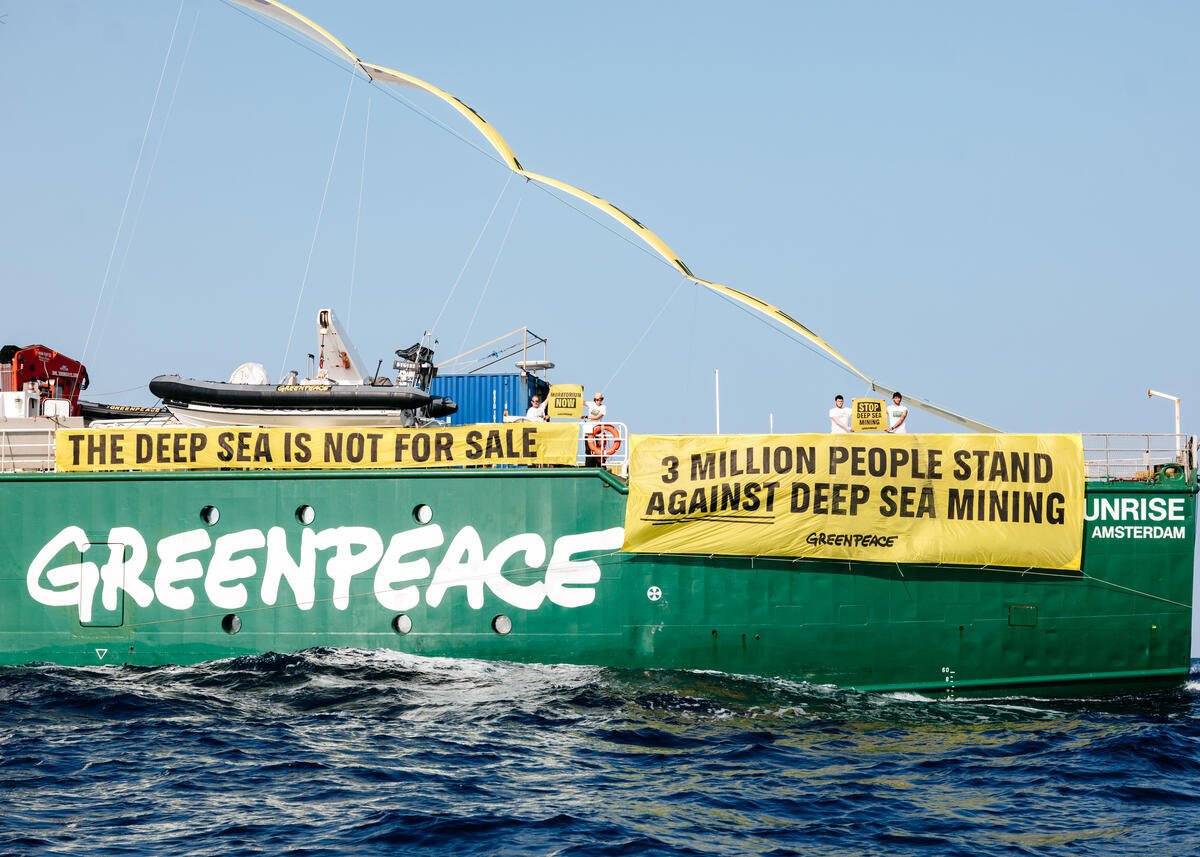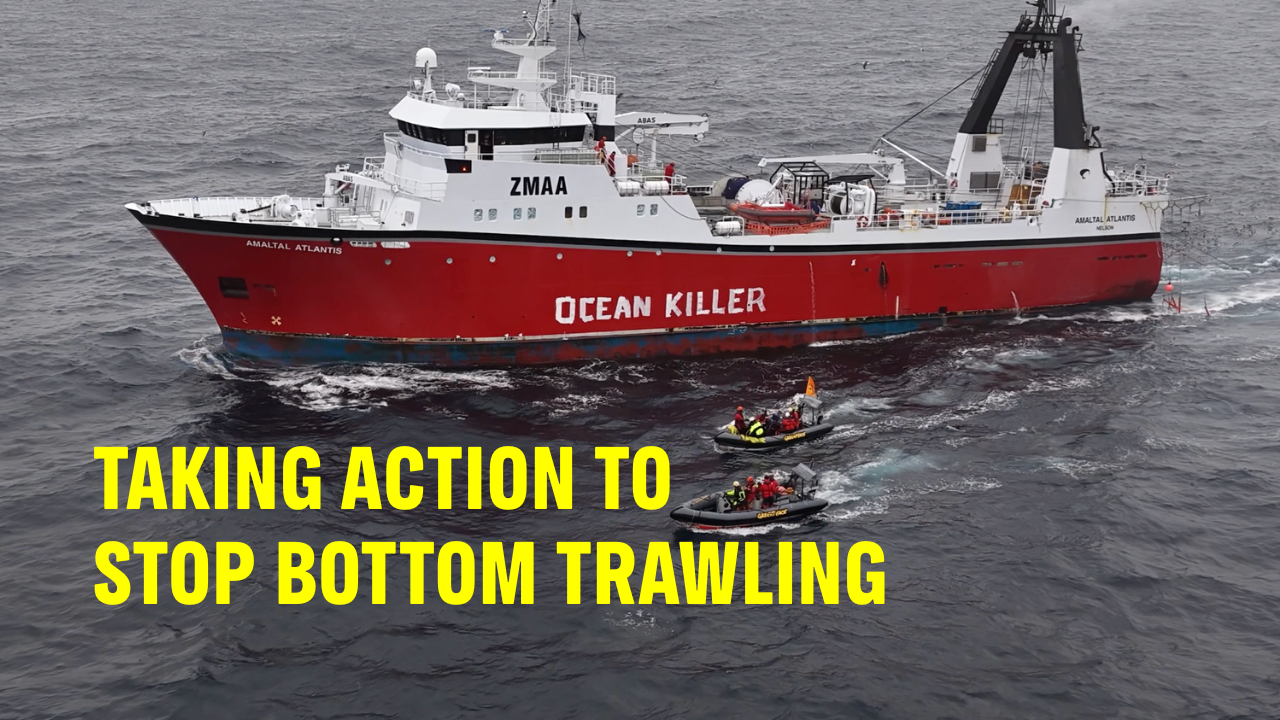Greenpeace has labelled an overnight announcement by fishing company Sanford as a danger to Māui and Hector’s dolphins, and is calling on the Government to reject the ‘Sanford Plan’ immediately.
Greenpeace oceans campaigner, Jessica Desmond, says the plan relies on complicated and unproven methods for preventing dolphin deaths, and is at odds with a precautionary approach that’s essential for the protection of the critically endangered dolphins.
“We’re living through the world’s sixth mass extinction. Māui and Hector’s are right there at the top of the threatened lists,” she says.
“To give them any chance of survival as a species, action to protect them must take a precautionary approach, and it must be decisive and comprehensive. The proposal put forward today by Sanfords is none of these.
“When you are down to the last 60 individuals of a species, you need to act on the basis of the precautionary principle and use protective measures that have been proven to work.”
Desmond says there are a wide range of measures that must be adopted if there is any chance of saving the dolphins.
This includes a ban on net fishing and only allowing dolphin-safe fishing methods in the full Māui and Hector’s habitat range; the immediate implementation of electronic VMS on all commercial vessels and cameras on boats; an extension of the Marine Mammal Sanctuaries out to the 100 metre depth contour to prohibit any seabed mining, seismic surveys and oil and gas exploration and drilling there; and the development of a plan to support the transition of affected fishers.
Yesterday, along with World Animal Protection, Greenpeace presented a 55,000 strong petition and over 5,000 submissions to Conservation Minister Eugenie Sage supporting a ban on set net fishing, seabed mining and oil drilling, and a stop to seismic testing.
ENDS
The full Greenpeace response to the Hector’s and Māui dolphin threat management plan is here.



